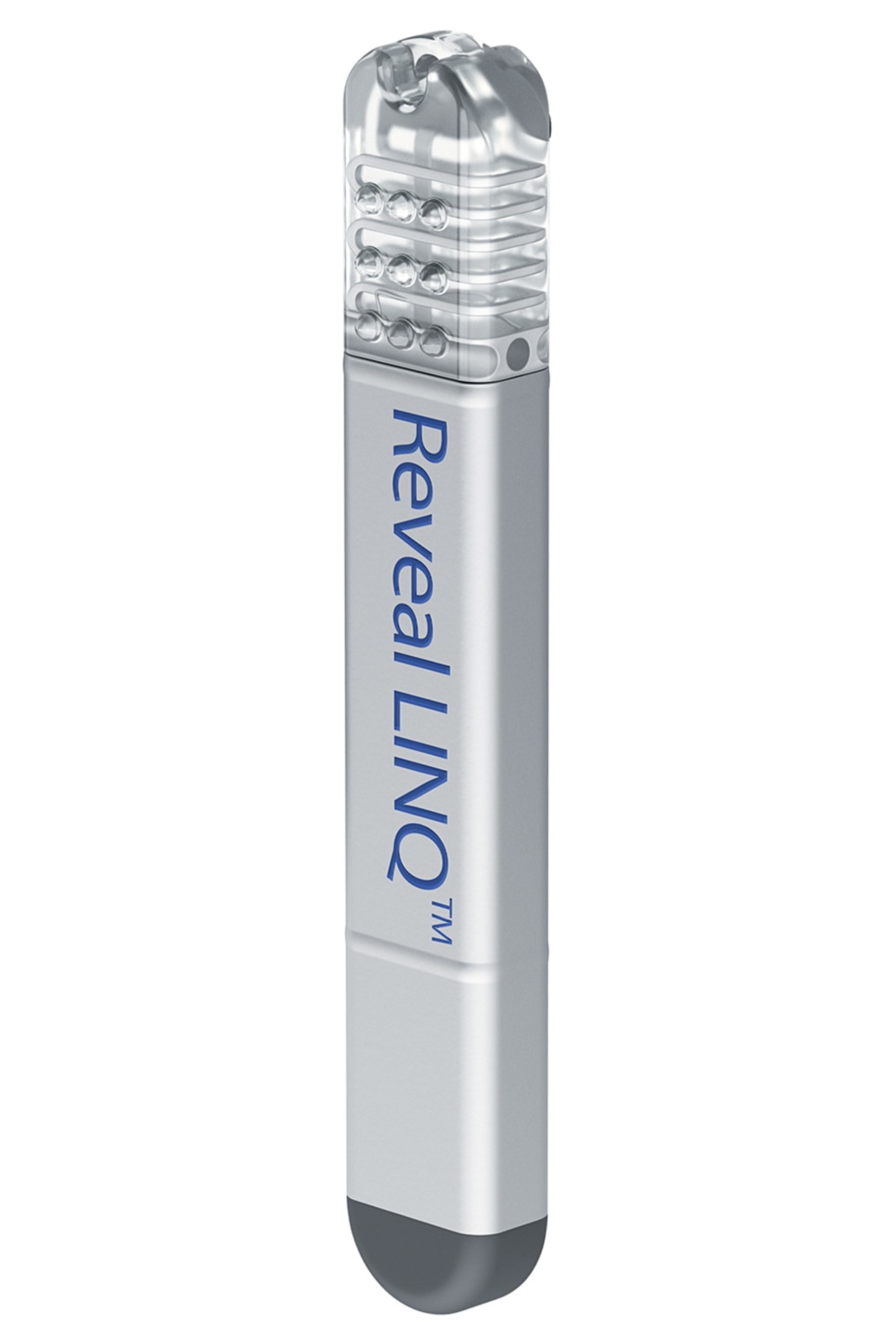Medtronic LINQ Insertable Cardiac Monitors prove cost-effective compared to standard of care in ischemic stroke patients with suspected atrial fibrillation
STROKE AF study shows long-term continuous cardiac monitoring delivers strong economic value driven by fewer projected lifetime strokes
Medtronic today announced new cost-effectiveness data from the STROKE AF clinical study, which showed that continuous monitoring with the Medtronic Reveal LINQ™ insertable cardiac monitor (ICM) is significantly more cost-effective than the standard of care in ischemic stroke patients with large artery and small vessel disease. Results will be presented at the American Heart Association/American Stroke Association (AHA/ASA) International Stroke Conference (ISC) 2024 in Phoenix.

Driven by higher rates of atrial fibrillation (AF) detection and subsequent medication that helps prevent blood clots, ICM patients in the study were projected to experience 53 fewer ischemic strokes (a blood clot in an artery leading to the brain) per 1,000 patients over their lifetimes compared to patients receiving the standard of care (such as Holter monitoring, telemetry, or event recorders). Additionally, patients with ICMs were estimated to experience a gain of 0.17 quality-adjusted life years (QALY) at an incremental cost of $6,286; this led to an incremental cost-effectiveness ratio (a measure of the value of health outcomes) of $37,760 per QALY, well below the established willingness-to-pay threshold in the U.S. of $150,000 per QALY. For ICM patients who are at the highest risk of AF detection (those with left atrial enlargement, heart failure, obesity, or prolonged QRS), the cost per QALY is reduced even further to $22,016.
“In a model that assumes that risk of stroke derived from prior studies of AF is applicable to patients with ICM-detected AF, use of ICM as an initial strategy is more cost-effective than usual rhythm monitoring care over a lifetime horizon. This is due to more frequent AF detection with greater and earlier opportunities to initiate anticoagulation to prevent future AF-related secondary strokes,” said Lee H. Schwamm, M.D., associate dean for Digital Strategy and Transformation for Yale School of Medicine, and senior vice president and chief digital health officer for Yale New Haven Health System. “This economic value analysis demonstrates ICMs may be a highly cost-effective strategy for the prevention of recurrent stroke in patients with large artery and small vessel disease, with results similar to the cost analysis findings in the landmark CRYSTAL-AF study of cryptogenic stroke patients.”
Results from the STROKE AF clinical study recently published in JAMA Neurology showed large and small vessel disease stroke patients had a 10-fold increase in AF detection with the Reveal LINQ ICM at three years compared to patients randomized to standard of care. The study also showed that 67% of patients in the ICM arm had at least one clinically relevant AF episode lasting more than one hour in duration, while 88% of AF episodes were asymptomatic. Until now, the cost-effectiveness of ICMs in this large artery and small vessel ischemic stroke patient population remained unknown.
“This analysis – coupled with the most recent publication of the ACC/AHA/ACCP/HRS Guidelines for the diagnosis and management of AF – reaffirm the importance of insertable cardiac monitors for the detection and management of AF, which can impact secondary stroke prevention,” said Stacey Churchwell, vice president and general manager, Cardiovascular Diagnostics and Services within the Cardiac Rhythm Management business, which is part of the Cardiovascular Portfolio at Medtronic. “The LINQ family of ICMs have not only demonstrated high sensitivity in detecting AF compared to standard monitoring, but now have additional economic value data further strengthening their role in post-stroke care.”
Stroke impacts more than 795,000 people every year in the U.S. More than 87% of strokes are ischemic strokes, which occur when vessels that allow blood to flow to the brain are blocked.1 Patients with AF are at a five-fold increased risk for ischemic stroke.2
The cost-effectiveness analysis reflects data from 492 patients in the STROKE AF study, which was conducted across 33 centers in the U.S. The Reveal LINQ ICM was cleared in the U.S. in 2014 and is available worldwide.
Contacts:
Joey Lomicky
Public Relations
+1-763-526-2494
Ryan Weispfenning
Investor Relations
+1-763-505-4626
1 Tsao, Connie W et al. Heart Disease and Stroke Statistics-2023 Update: A Report From the American Heart Association. Circulation vol. 147,8 (2023): e93-e621. doi:10.1161/CIR.0000000000001123
2 Wolf PA, et al. Stroke. 1991;22:983-988.
